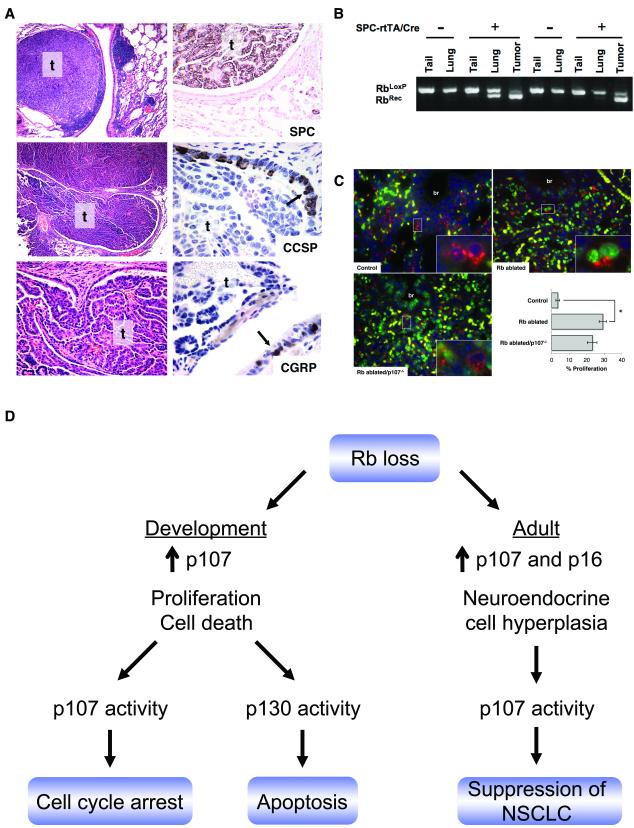Figure 5. Rb/p107 loss results in lung tumors with a type II cell phenotype.
A, Hematoxylin and eosin stained lung sections (left) and immunohistochemical analysis (right) of lung tumors arising in double transgenic/p107−/− adult mice not treated with doxycycline show a solid adenoma (t, top left) and a papillary adenocarcinoma invading the airway (t, middle and bottom left and right panel) that are positive for SPC but not CCSP or CGRP. Non-neoplastic cells in the surrounding conducting airway show CCSP and CGRP positive cells (arrows) serving as internal controls. Original magnification: 100x (top and middle left), 400x (bottom left and SPC) 1000x (CCSP and CGRP). B, PCR analysis on DNA from non-neoplastic lung (lung) and lung tumors (tumor) obtained from double transgenic/p107−/− chimeric mice (+) and p107−/− control littermates lacking one or both transgenes (−) that are homozygous for the floxed Rb allele (RbLoxP) show enrichment for the Rb recombined allele (RbRec) in tumors as compared to non-neoplastic lung. Rb recombination is not detected in tail DNA or tissue from controls. C, Co-immunofluorescent staining for SPC (red) and Ki67 (green) shows increased type II cell proliferation in Rb ablated and Rb ablated/p107−/− E18.5 lungs as compared to Rb family proficient controls (*p<0.001). Type II cell proliferation was not increased in Rb ablated/p107−/− lungs as compared to Rb ablated lungs (p=0.07). Higher power views of boxed areas (insets) show representative Ki67 negative (Control), Ki67 positive (Rb ablated) and adjacent Ki67 positive and negative (Rb ablated/p107−/−) SPC positive type II cells. Yellow represents autofluorescent red blood cells. Graph depicts percent SPC positive type II cells with nuclear Ki67 staining ± SE. n=3-4 per group. br=bronchioles. Original magnification: 400x. D, Model for Rb family function in the lung epithelium. Rb is required to suppress epithelial proliferation and death during development despite p107 induction. p107 cooperates with Rb to induce cell cycle arrest whereas p130 promotes apoptosis in the developing Rb deficient lung epithelium. In the adult lung, Rb is required to negatively regulate neuroendocrine cells whereas non-neuroendocrine lineages compensate for Rb loss and show induction of p16 and p107. Rb and p107 cooperate to suppress development of lung tumors resembling NSCLC.

